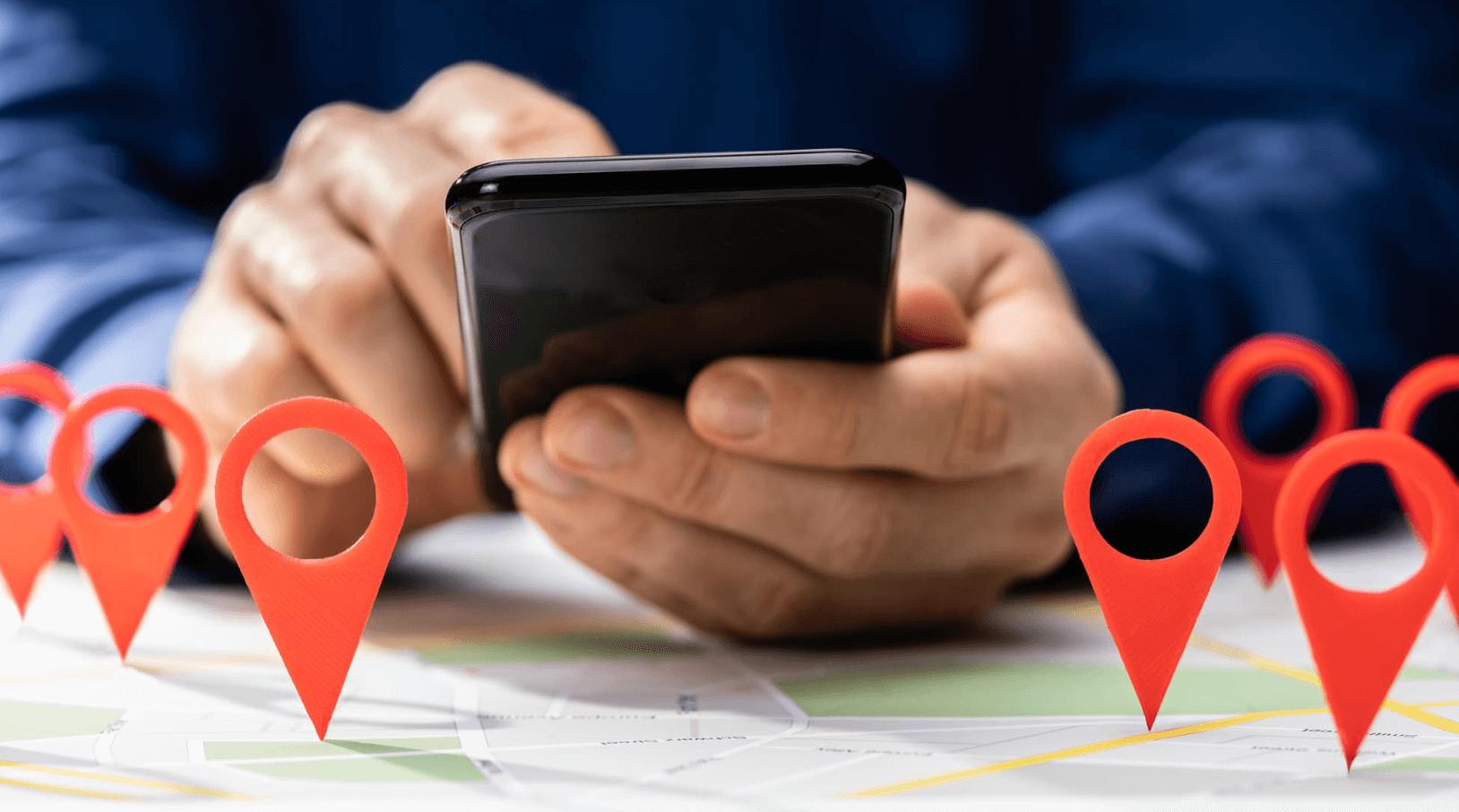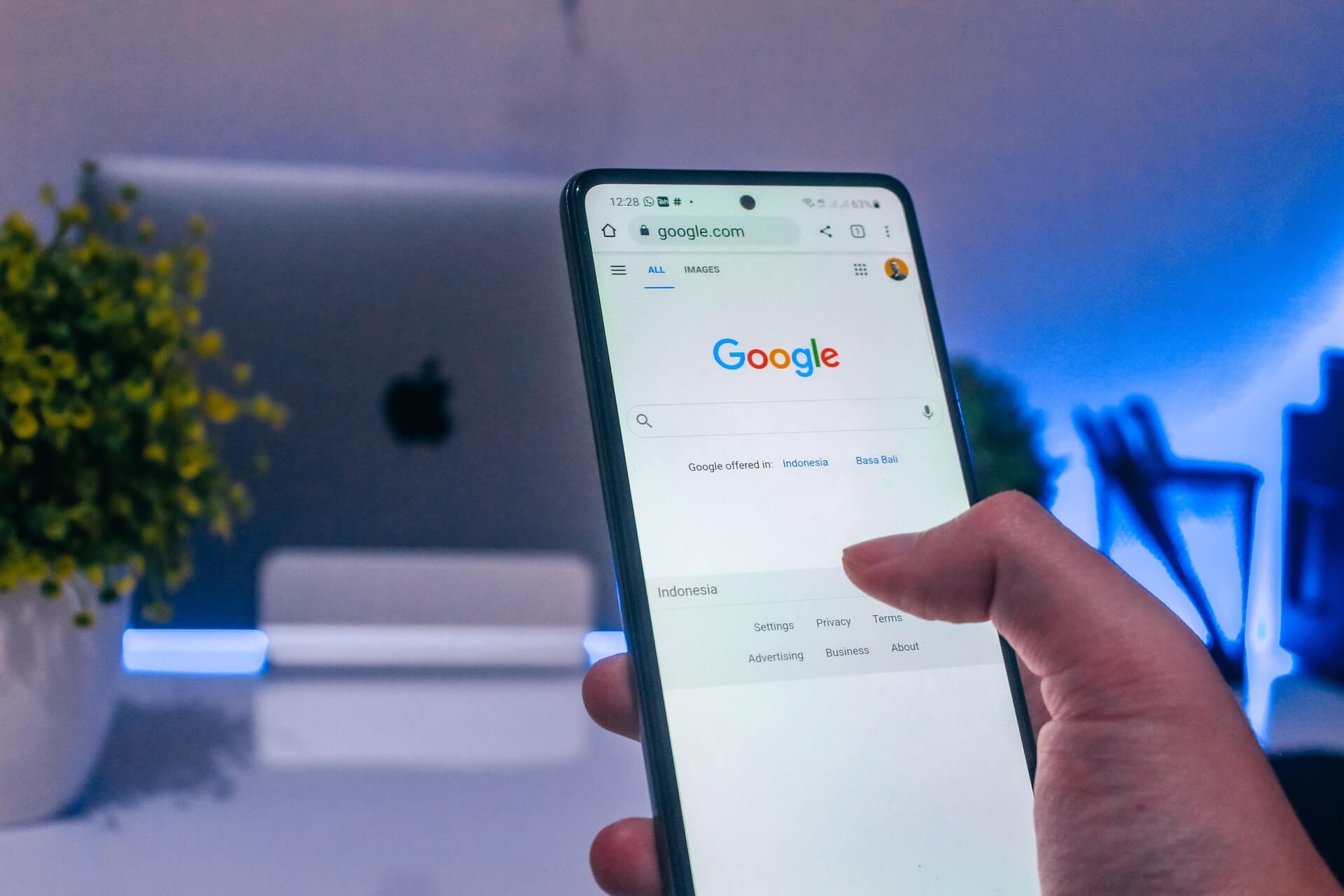Imagine owning a massive brand corporation and targeting potential customers to boost your sales. How would you go about it?
The answer is straightforward: use your high-end resources and billion-dollar budget to launch a mind-blowing national ad campaign. With all the best resources, excellent marketing strategies, tech stack, and ad spending at your disposal, you could fall right in front of your target audience and directly influence their buying decisions.
But what if you run a small business with a limited budget and resources? How do you reach your target customer, then?
Even if you manage to launch a national campaign, you will likely not achieve the same results as larger companies. Many small businesses have discovered from experience that national campaigns can be a waste of investment; they are costly and may not justify the potential risk of no return.
So, what should a small business do to attract and reach potential buyers? This is where hyperlocal marketing comes into play.
If you’re a small business, we’ve created a comprehensive guide to understanding hyperlocal marketing; helping you to first understand what it is, why it’s important, and strategies you can implement to win over potential customers.
Firstly, What is Hyperlocal Marketing?
Hyperlocal marketing refers to the business of targeting and approaching potential customers within a highly specific local area. This ‘local area’ typically and strategically is a small radius of just a few blocks or streets around your business location.
The main goal of hyperlocal marketing is to increase intended foot traffic to a store’s physical location by targeting people who rely heavily on ‘near me’ queries for offline shopping. This approach includes local area targeting, where businesses tailor their promotions, advertisements, and offerings based on the preferences and behaviours of people in specific neighbourhoods.
Why Is Hyperlocal Marketing Important?
With over 90% of Australians in 2024 owning a smartphone, it’s safe to say most people often do a quick Google search before going shopping or dining. It looks a little something like this:
“Hey [INSERT NAME OF AI ASSISTANT HERE], what’s the best Italian restaurant near me?”
Consumers prefer nearby places to save on travel time and costs, relying on ‘near me’ search results on Google. Because of these reasons, hyperlocal marketing has become increasingly vital for small and local businesses, helping them build intentional foot traffic to their business.
Given the growing competition in both online and physical spaces, hyperlocal marketing is an effective strategy for standing out and reaching customers more directly.
Hyperlocal marketing is crucial for:
Increased Relevance For Target Audiences
When you have to attract customers globally, you need to devise a campaign that appeals to diverse groups, potentially with diverse messaging, to address their pain points.
However, by focusing on a specific neighbourhood or community, you can deliver personalised offers and promotions relevant to the local audience by understanding what pain point or problem your product or service helps them with.
For example, a local coffee shop promoting a sale of lattes to people living within a one-kilometre radius of its cafe ensures its advertising is seen by those customers most likely to engage and take action.
Hyperlocal marketing allows businesses to tailor their messaging to a particular audience.
Hyperlocal Marketing Creates Enhanced Customer Engagement
When marketing is localised, it naturally feels more personal.
When a business understands the customer, it can create relevant marketing and run campaigns that resonate with the local community. This can increase engagement with potential customers, foster stronger connections, and boost the likelihood of repeat business.
Hyperlocal marketing campaigns show that a business understands and cares about the surrounding community, encouraging more people to support and shop locally.
Better Return On Investment (ROI) in Marketing
Instead of spending a lot of money on broad, generic marketing, hyperlocal marketing allows businesses to concentrate their efforts on smaller, well-defined geographic areas. This local area targeting can lead to more effective campaigns, as businesses spend less while seeing higher conversion rates. Ads designed for a specific community are more likely to attract customers and drive sales.
Hyperlocal Marketing Improves Local SEO And Online Visibility
Hyperlocal marketing boosts a business’s visibility within its immediate area, particularly through local SEO strategies. When customers search for businesses or services nearby, hyperlocal marketing ensures that a company appears at the top of search results. This is especially important for businesses that rely on foot traffic or serve a specific geographic area.
Driving Foot Traffic
For small businesses with physical stores, hyperlocal marketing is essential for attracting foot traffic. These businesses can use techniques like micro-location marketing (which uses location-based ads) to engage with people physically near their location. For example, a restaurant might send push notifications with a discount offer when customers are nearby, encouraging them to visit.
Building Strong Community Relationships
Hyperlocal marketing fosters a sense of community by connecting businesses with local events, influencers, and other organisations through community-based advertising. Since hyperlocal marketing involves small and relevant campaigns, it helps build your brand trust and loyalty. This approach boosts customer retention and helps businesses stand out as valued community members.
Competitive Advantage of Hyperlocal Marketing
In 2024, where big brands dominate through national marketing, small businesses can gain a competitive edge through hyperlocal marketing. By focusing on their immediate neighbourhood or town, they can build strong relationships with local customers, especially those who prefer to shop locally. These campaigns allow businesses to differentiate themselves from larger competitors by offering a unique, community-driven experience.
Hyperlocal Marketing Strategies
These marketing strategies help local customers find your business through a simple Google search and are designed to help businesses connect with their potential customers in their immediate area. By following these strategies, businesses can effectively engage with their community, build loyalty, and stand out from larger competitors.
Below are some successful hyperlocal marketing tips that will save both time and money:
Optimise Your Google My Business (GMB) Listing
This is a basic yet crucial part of hyperlocal marketing that can significantly boost your local visibility, especially in Google’s ‘near me’ searches. Complete all the business information to optimise your GMB listing and ensure you are attracting potential customers.
Ensure that your GMB profile has accurate and up-to-date information, including your business name, address, phone number, business hours, and website link. Selecting the most relevant primary and secondary categories for your business helps Google understand what you offer, improving your chances of showing up in relevant searches. For example, if you make pizza, choose “Pizza restaurant” instead of just “restaurant”.
Additionally, add high-quality photos of your storefront, interior, products, or services. Most people judge a place by looking at the images. High-quality images can enhance the appeal of your business and help potential customers get a feel for your location before visiting.
Remember, the most fundamental element of Google My Business Queries is location, so incorporate local area-targeting keywords into your business description and posts.
Make Sure You Are Accessible
Ensure your GMB listing includes your exact location and phone numbers. Use Google Maps to verify that directions to your business are clear. Your phone numbers and emails must always be up to date. Some people find it annoying when they cannot connect to the business, so they refrain from making a reservation.
If you have any social media pages, link them back to the website so that people can find them easily. Also, with the increasing usage of mobile phones, having a mobile-friendly website is paramount. Imagine someone finds it difficult to navigate your site through their phone and decides to remove you from their list. So, a responsive website is crucial for people to access important information like hours, services, and contact details.
Optimise For Local SEO
You have a great website, but have you considered optimising it for local SEO? Using local SEO effectively involves optimising your online presence to attract customers from specific geographic areas.
Having your website adequately optimised involves the following points:
- It should be easy to navigate so first-time visitors can find their way around.
- Your URL structure should be informative, descriptive, and contain relevant keywords related to your services and location.
- Use location-specific keywords throughout your website’s content, including titles, headings, and meta descriptions.
- Actively seek reviews from satisfied customers as they enhance credibility and can improve your local search rankings.
Use Location And Weather-Based Targeting
Using location and weather-based targeting in your marketing strategy can effectively attract local customers by tailoring your offerings to their specific needs. To implement this, identify your target audience based on specific geographic areas, such as neighbourhoods, cities, or regions. Tailor your marketing messages to address local needs and preferences. Also, ensure your business appears in local directions and Google Maps for location-based searches. This increases visibility for potential customers searching for services near them.
Weather-based targeting involves seasonal promotions, where you adjust your marketing campaigns based on local weather conditions. For example, promote heating services during colder months or ice cream products when temperatures rise.
Use weather data to trigger specific marketing messages.
Leverage Social Media
Social media can enhance your local marketing efforts and help you connect with your community. Use location tags in your posts to reach local users. Highlight your services, events, or promotions catering to your area.
Respond to comments and answer questions to increase your engagement with the local community. Share local content, such as news, events, and stories, that resonates with your audience. This positions your brand as a community-oriented business.
Create promotions or discounts specifically for your local followers. This can drive traffic to your business and encourage community loyalty. Host contests that require participants to tag friends or share posts to enter. This increases your reach within the local community.
Encourage User-Generated Content
Encouraging user-generated content (UGC) is a powerful way to build community engagement and authenticity around your brand. Leverage social media to create a unique branded hashtag, host contests, and invite customers to share their experiences with your products to foster a sense of connection.
Regularly update your social media platforms with user-generated photos and testimonials to inspire other participants. When you directly engage with your audience and recognise their contributions, it will create a vibrant community that enhances your brand’s visibility.
Leveraging Micro-Location Marketing
Micro-location marketing is a powerful strategy allowing businesses to target customers based on their geographic location. Using geofencing and beacon technology, you can deliver highly relevant and timely messages to potential customers as they enter specific areas near your business.
Use micro-location data to engage with customers in real-time. If a customer is near your store, send them a time-sensitive message to visit. Make personalised offers and tailor your messaging to reflect local preferences or upcoming events. For example, if there is an upcoming community event, send offers related to products or services that align with the occasion. These tips can help drive foot traffic, increase customer loyalty, and ultimately boost sales.
Hyperlocal Marketing Strategy: Community Engagement Through Targeted Campaigns
Implement a comprehensive hyperlocal marketing strategy that fosters a strong connection with the locals to boost your sales and attract more potential customers.
Begin by identifying and segmenting your audience based on specific neighbourhoods. Develop suburb-specific campaigns that address each area’s unique needs and preferences, ensuring your message is relevant and relatable. Collaborate with local businesses to increase your visibility and strengthen community ties.
This integrated approach will help you build lasting relationships within the community while effectively promoting your brand.
Ready to take your local marketing to the next level? Partner with our expert digital marketing agency in Sydney to create tailored, effective hyperlocal marketing strategies that drive results. Contact AdVisible today to build a stronger connection with your community and watch your business thrive!






